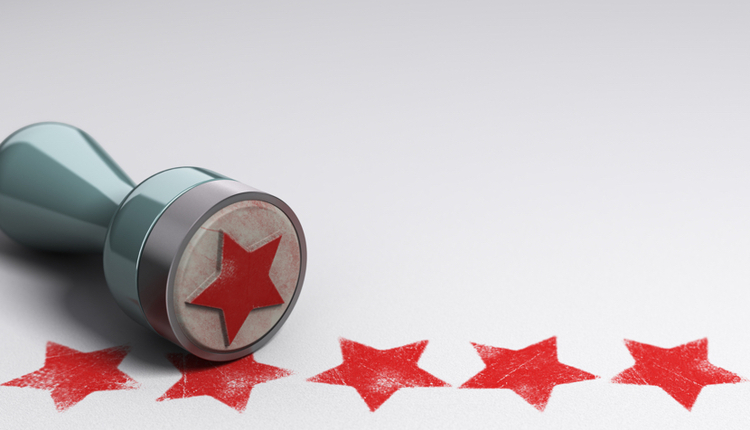
Approximately two decades ago, document professionals began to look at routine documents, such as monthly invoices or statements, more closely and recognized the blank white space on the page was valuable real estate. Combining these ongoing documents with personalized educational and promotional materials provided a timely and much-needed opportunity to encourage loyalty and get more out of the printed documents sent regularly to customers.
Here we are in 2021 and so much of the communications landscape has changed. While many consumers may still ask for print for these servicing documents, a growing number are opting for their servicing communications to be sent via digital channels. The pandemic has added further emphasis to the broader use of digital communications and serves as the foundation for the current environment of working and shopping remotely. Unfortunately, this has also engendered a steady onslaught of electronic spam, the modern equivalent of junk mail. In fact, some surveys have shown that consumers are more tolerant of printed junk mail than they are of spam email. Where they might glance through a printed flyer or brochure, they simply delete or ignore email and texts that appear as spam or that are of low perceived value without paying much attention. The key to leveraging digital channels for servicing communications is to make them valuable. Think of it as using the virtual white space to deliver carefully targeted, hyper-personalized messaging.
As organizations have made the shift to digital communications, the practice of leveraging servicing communications for delivering personalized messages into statements, bills and other transactional documents largely has been left behind as a relic of the print world. Digital servicing communications are often short notifications that contain no specific information of value, but merely point to a portal or PDF where the useful content actually resides. However, routine servicing communications sent digitally provide an effective way to reach your audience with important information to increase customer engagement with your brand.
Consider the most common communications that are sent — a bill or “your statement is ready.” The click-through rate on these is very low, and they are often ignored because they add very little value. Consumers are more likely to pay attention to these communications if you use some of the data you have to tailor and enrich your communications. It’s obvious that you need to go beyond Dear Charles vs. Dear Valued Customer in your personalization approach, but the opportunity to improve those emails is to add real personalization. By adding highly targeted, relevant details to your digital servicing communications — such as the balance due, minimum payment and due date to a credit card statement notification, your customer gets the critical information they need without the risk of violating personally identifiable information concerns. This kind of approach makes the communication itself inherently valuable and gives you the opportunity to add additional helpful information that is relevant to the customer. For example, alerting the customer that they have accumulated enough frequent flyer miles via their card to qualify for a first-class flight alongside an ad for how to redeem those miles will help you achieve promotional goals while creating value for your customer, leading to increased engagement and revenue. This idea can be applied across many industries, but it is critical that privacy concerns and legal compliance are kept in mind when creating content. Leveraged properly, however, drawing on the data you have about your customer to provide individual content and data, offers that are accurate and specifically relevant to the recipient can’t help but equate to an improved customer experience.
Software solutions have evolved in step with this demand, continuing to focus on how to bridge the gaps between disparate systems in order to process the data stored in these repositories to create the level of messaging that connects to a market of one. Customer communications management (CCM) solutions that enable you to easily target and drive messaging based on customer data are essential in this process. They not only enable you to scale these efforts, but easily vary targeted messages by demographic details, product, region, etc. It’s essential that these systems enable business users to take on the modification of content going to print, emails, SMS and web to ensure continuity across channels and speed of execution. Ideally, marketing teams are able to create and edit email templates using a simple drag and drop capability right within the CCM solution to simplify and accelerate the process of getting revised messages to market. In addition, look for solutions that apply AI to content optimization to ensure that you are addressing consumers in terms they’ll easily understand and with the appropriate emotional temperature.
The COVID-19 pandemic has accelerated the adoption of digital communications across the board. As more of our customers migrate to digital communications it is key that we rethink how those communications are being leveraged with an eye to maximizing their value to the customer. We all know that personalizing every customer communication you send and then sending them through the preferred channel helps to keep customers and prospects engaged and fosters the loyalty and customer experience for which we all strive. Now we have the technology to fully support our efforts.




















